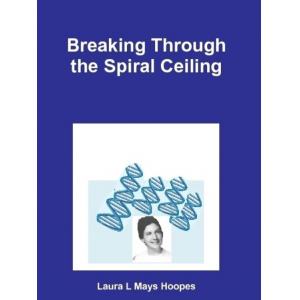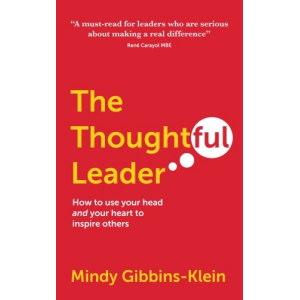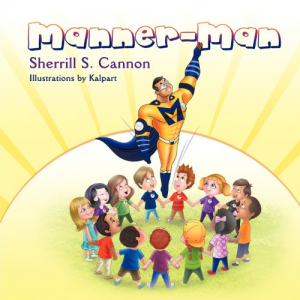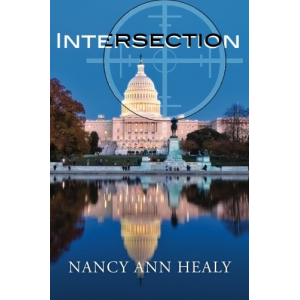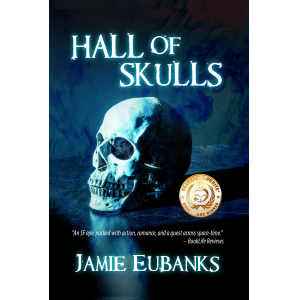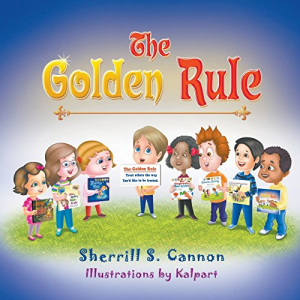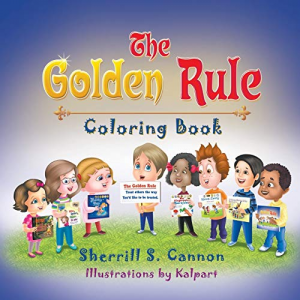WSAZ news piece
🔗 http://www.wsaz.com/home/headlines/56209242.html- Author
- Book
- Story behind the book
- Media Links
- Reviews
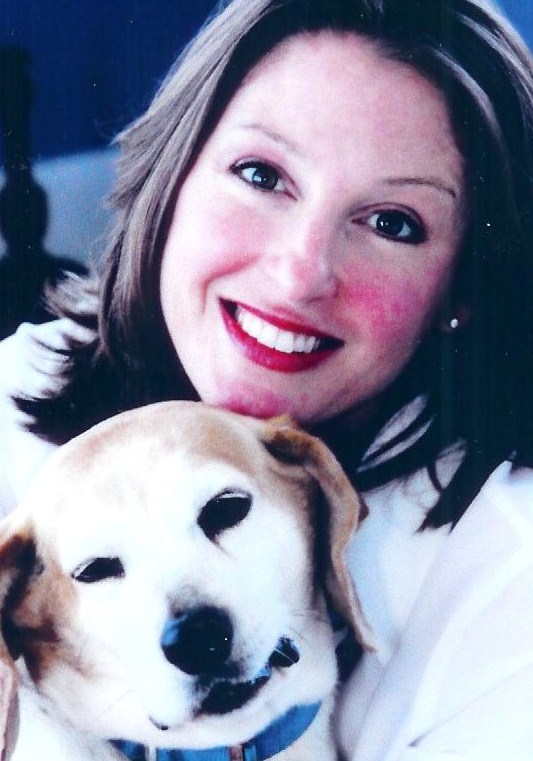
Mary Calhoun Brown
About
Mary Calhoun Brown has an extensive background in writing, marketing, and public relations. After graduating from Marshall University, she was hired by the West Virginia Chamber of Commerce as its youngest-ever public relations officer. After the birth of her three children, Mary worked as an editor and preschool teacher. When she and her husband, Campbell, learned that one of their sons had Asperger’s Syndrome, a mild form of autism, Mary spent two years home-schooling him during middle school, and it was at that time she developed the outline for There Are No Words. Today, the author serves on the board of the Autism Services Center in Huntington, West Virginia, with autism pioneer Dr. Ruth Sullivan
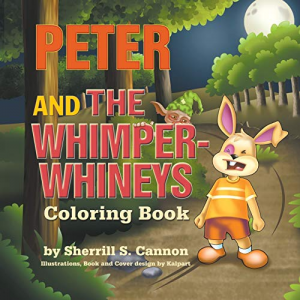
Peter and the Whimper Whineys Coloring Book
Description
<p><span style="color:rgb(24,24,24);font-family:Merriweather, Georgia, serif;font-size:14px;">This coloring book version of the best-selling “whine-stopper” children’s story was designed for kids to enjoy reading the rhyming, as well as being able to illustrate their own version of Peter’s nocturnal adventure into the woods.</span><br style="color:rgb(24,24,24);font-family:Merriweather, Georgia, serif;font-size:14px;" /><br style="color:rgb(24,24,24);font-family:Merriweather, Georgia, serif;font-size:14px;" /><span style="color:rgb(24,24,24);font-family:Merriweather, Georgia, serif;font-size:14px;">Peter’s mother warns him that if he doesn’t stop whining and crying, he’ll have to go live with the Whimper-Whineys. His adventure continues as he later hops into the woods and finds lots of frightening Whimper-Whineymen! He discovers that the Whimper-Whineys are very ill-mannered and rude, and that everything is sour in Whimper-Whineland. He decides his mother was right. If only he can get back home!</span><br style="color:rgb(24,24,24);font-family:Merriweather, Georgia, serif;font-size:14px;" /><br style="color:rgb(24,24,24);font-family:Merriweather, Georgia, serif;font-size:14px;" /><span style="color:rgb(24,24,24);font-family:Merriweather, Georgia, serif;font-size:14px;">According to a recent critique, “I cannot imagine any parent or guardian not wanting to read this book to their child! ... Parents everywhere applaud you!”</span></p>
Story Behind The Book
My son was diagnosed with autism (Asperger’s Disorder) in the fall of 2000 when he was in the first grade. Generally accepted and if not understood, tolerated, by his classmates, he thrived in elementary school. The day he stepped foot into middle school, he wore a “kick me” sign on his back and received the nickname “Retard.” You should understand that my son is a straight A student, participated in the Talented and Gifted Program, and his IQ measures one point below a genius. This was a troubling development for our family. We encouraged our son to finish his sixth grade year at the school. We simply will not allow our boys to quit something once they start. You might say that he had a full year of character development. That year was tough, and I promised my son that together, we would turn that rotten year into something positive. The last day of school, I gave my son two choices. He could either change schools or be home schooled for the following year. He chose home schooling, and I began researching curricula for middle school. We spent two lovely years together, learning, laughing, traveling and advancing academically. (He wasn’t one of those home schooled kids who finish up at noon.) In addition to his regular curriculum, he took a variety of coursework on the college level, and if he finished before 2:30, I had plenty of extra work he could do. He is self-motivated, and we got along fine. Ninth grade arrived, and my son went back to school. Uneventfully. Happily. He’s second in his class of 440. During my two years at home with my son, I started thinking about students with disabilities. Every kid knows it’s bad form to pick on someone in a wheelchair or another visible disability. Somehow, though, “invisible disabilities” are still fair game. One child in every 144 births has some form of autism. I’m not sure the statistics on other developmental disabilities, but I think I would be safe in saying that there are more students with developmental disabilities than physical disabilities in any school system today. The time to begin educating neurotypical peers is now.
Media Links
Reviews
"Mary brings her characters to life with an infinite attention to detail and infuses them with dept, humor and selflessness. <em>There Are No Words</em> propelled me into a time and place in which even children were faced with the realities of racism and war." <br /><br />-- Mike Grady, CEO, Autism Services Center<br /><br /><br />"Mary Calhoun Brown has given us an unusual path in getting to the story of autism. Young teenagers, their teachers and parents will be happy to hae this one in their library."<br /><br />-- Dr. Ruth C. Sullivan, former President, Autism Society of America
